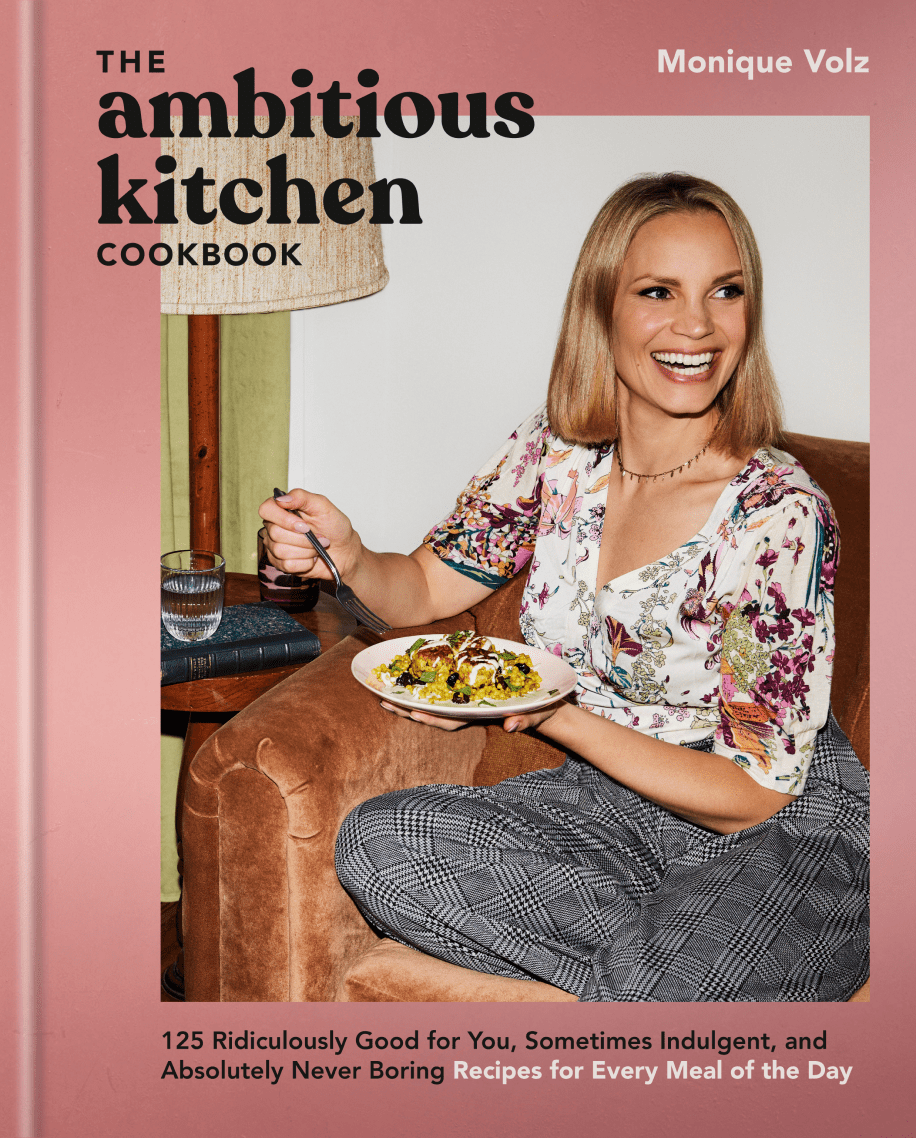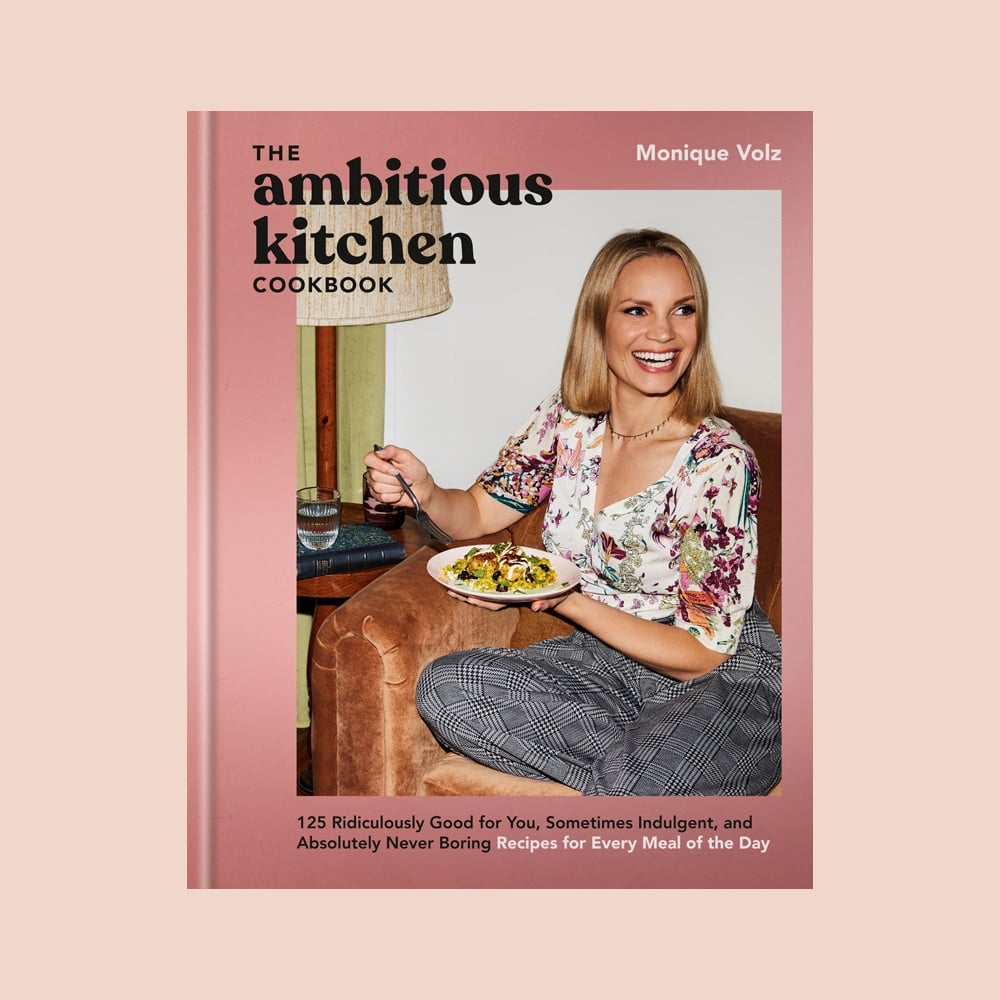
Introducing
The Ambitious Kitchen Cookbook

Delicious grain free recipes for every meal of the day. You’ll find sweet and savory breakfasts, hearty lunches and dinners, and plenty of desserts that are naturally gluten and grain free.
Gorgeous almond flour blueberry bread that tastes just like a blueberry muffin! Made in just one bowl and naturally sweetened with pure maple syrup. This easy healthy blueberry bread is also gluten free, grain free, dairy free and paleo and makes a wonderful breakfast or afternoon snack! Options to add lemon zest and poppy seeds for a fun, spring twist.

Get your copy today and start cooking flavorful, nourishing recipes for every meal of the day!